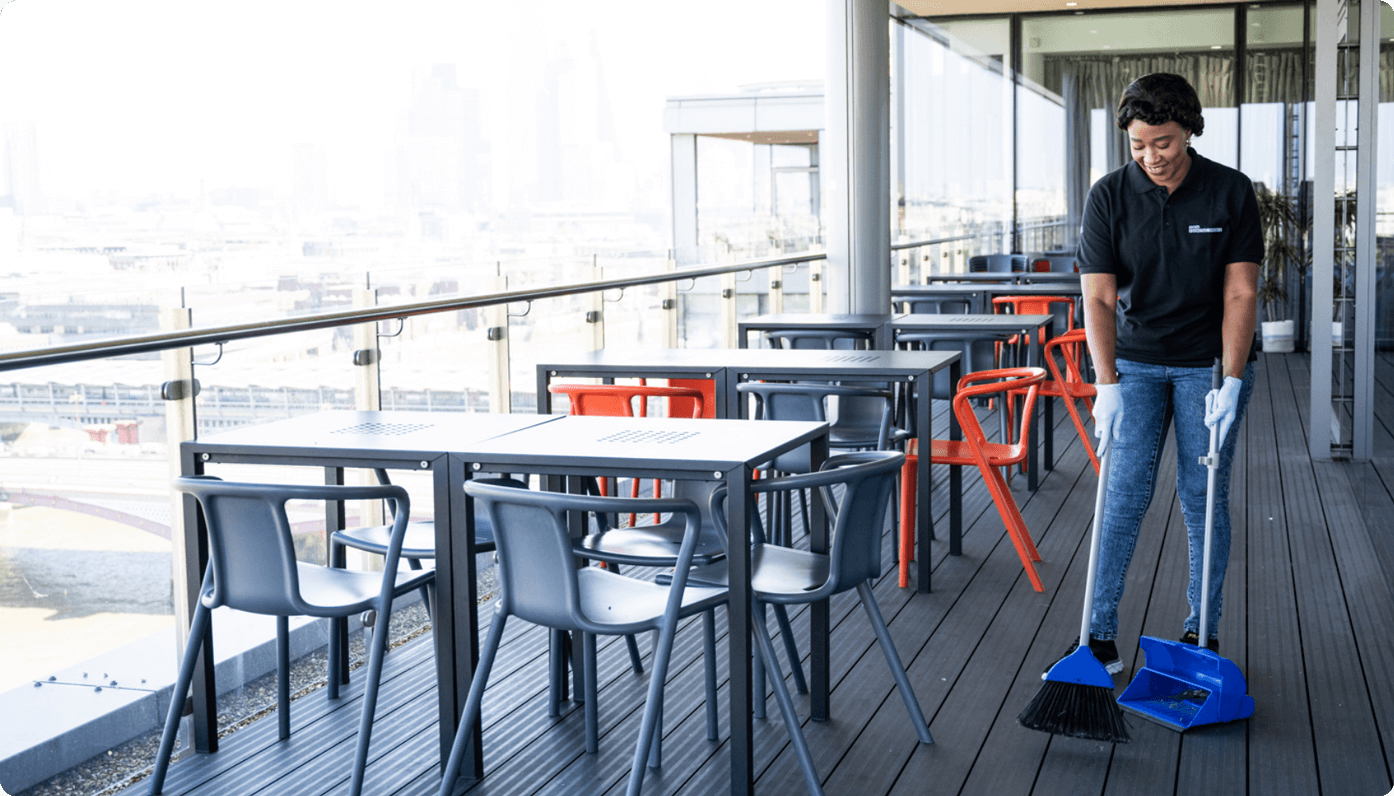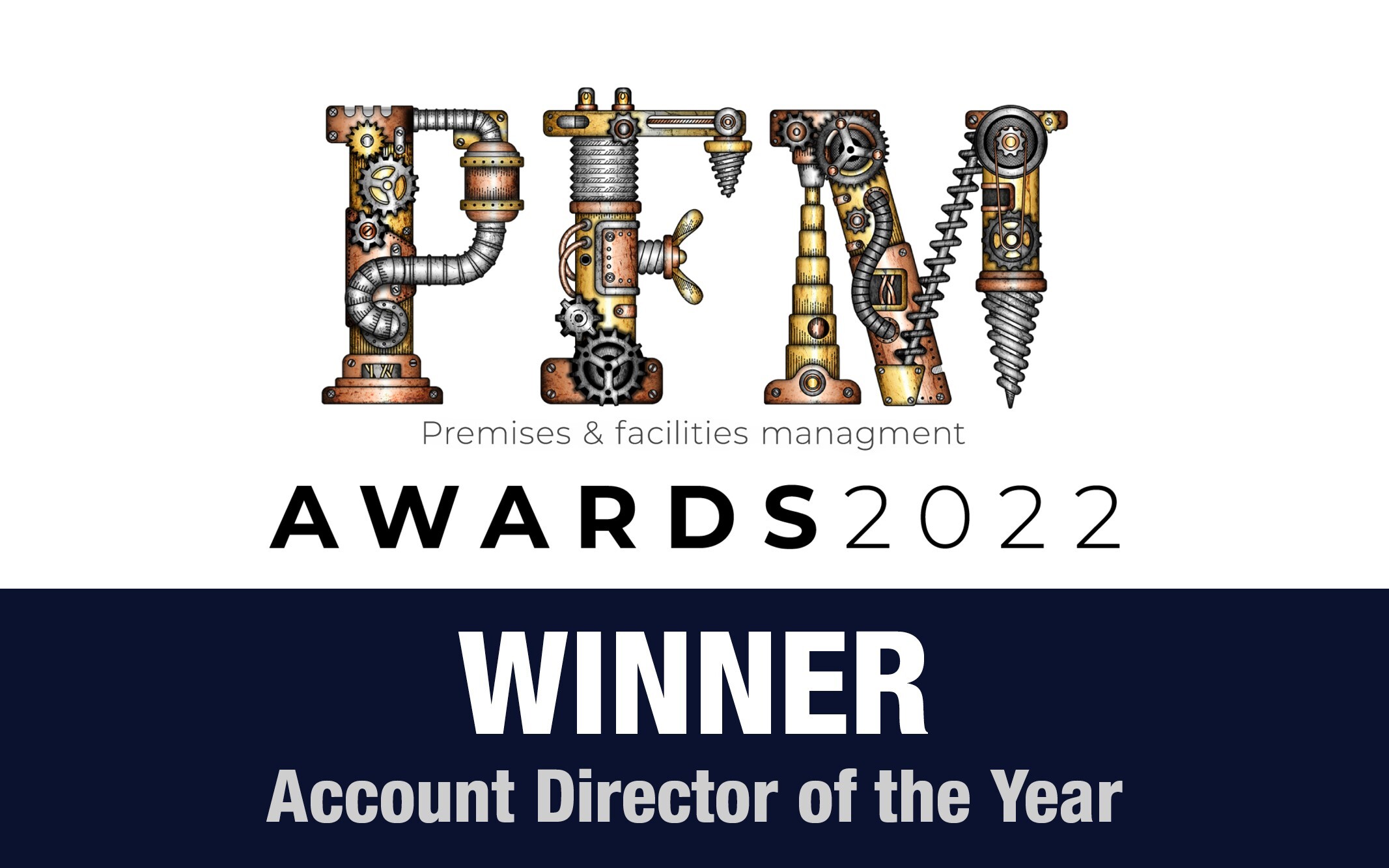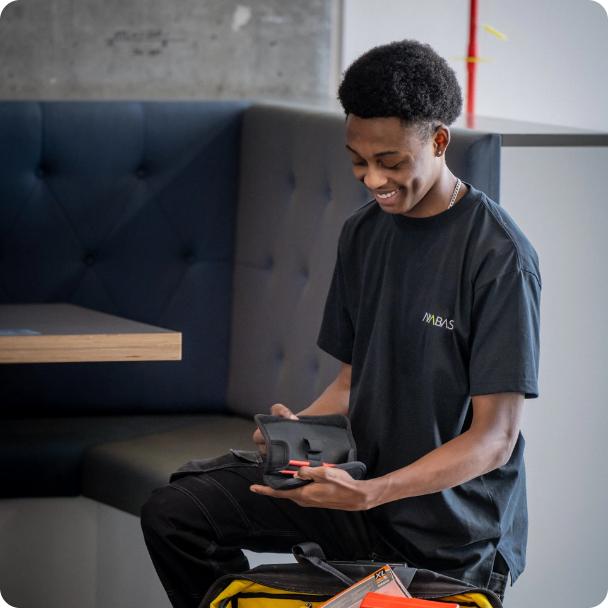





 Building & Fabric Maintenance
Building & Fabric Maintenance

 Mechanical & Electrical Maintenance
Mechanical & Electrical Maintenance



 Events & Lifestyle Services
Events & Lifestyle Services

 Logistics & Office Services
Logistics & Office Services

 Security
Security

 Catering
Catering

 Cleaning & Environmental
Cleaning & Environmental







Small Decencies


Boutique FM


Fully Engaged


Brilliant Basics


Great Experiences


FM Technology


Great People


Advocacy


Right size, Right fit


Promises Delivered





JohnPaul Pearson, Business Support Director at Anabas, discusses the stages of a mobilisation, the process and the most common challenges faced by facilities managers.
A positive mobilisation is often the first step in building a solid client-supplier relationship. Delivered well, it will cement how you and your client work together moving forward. For operational success, it is vital to remember why the client chose your company in the first place, to make good on the promises made and to not only meet, but to where possible, exceed expectations. Take the time to understand what makes the client tick, recognise their needs, and be prepared to meet any challenges head on.
What is mobilisation in facilities management?
The mobilisation process is a period of transition. Once the plan and risk register are in place, it’s time to focus on collaborative working with the client, your own subject matter experts and relevant sub-contractors, to ensure a smooth and successful transfer.
The key elements of mobilisation in facilities management
When approaching a mobilisation in FM, we at Anabas have some key approaches to ensure a successful transfer, with both employee and client satisfaction remaining high.
Mobilisation, when improperly handled, can cause serious delivery failures, problems for building users and failure of a contract, as well as additional costs to the client.
Culture and collaboration
It is vital to understand the culture of the client and align it with yours so that together you can create an environment that works.
The first step is to ensure that your own company culture is understood and embraced by the staff who you will be working alongside or who join your business through a Transfer of Undertakings Protection of Employment (TUPE), process. This means a seamless transition from top to bottom, including all sub-contractors.
Your culture differentiates your business and influences behaviour. It is at the heart of everything that you do and so practice what you preach and set a strong example.
TUPE and its place in mobilisation
TUPE is often the most sensitive part of the mobilisation process; it must be handled in a careful, considered, and positive manner. Change can be extremely unsettling and needs managing closely.
It is important to be present to merge the two, so a dedicated point of contact is always a good idea to ensure everything runs smoothly.
Engagement
Always take the time to engage with anyone joining your business at the various stages throughout the process, this will make it easier to allay any concerns quickly and to be responsive to their needs.
Process-driven
Be process driven to ensure that nothing is missed or miss-handled. A detailed plan will ensure that all information is transferred accurately, and regular internal communications will provide comfort and keep everyone updated on progress.
Engage new staff
Put yourself in their shoes. The more you can understand about how the employees are feeling, the better you will be equipped to handle any bumps in the road. You want these individuals to embrace your culture and to want to become part of your team. A presentation on your business and how it works is a great way to engage new staff and will help to ensure that everyone knows what is expected of them.
Transparent communication of cost model
During a mobilisation period, a key part is during the transfer of information, specifically the cost model management. The most important element when managing the cost model is transparency and how this is communicated to the client to ensure there are no big surprises.
A major pitfall is when discrepancies occur during the tender stage. This is more likely to happen when teams, such as operations and account managers, work in silos rather than together. If the bid team or manager doesn’t include everything in the initial costing and it is not communicated clearly to the mobilisation and operations team, omissions will be flagged and may result in additional costs to the client. In this instance, issues need to be highlighted quickly and the variation process must be handled well by the mobilisation team to help establish a good client working relationship.
To avoid this common issue, Anabas involves the mobilisation and operations team at the tender stage to ensure everyone is clear about what is and isn’t included. Working as a team enables this stage of the process to happen seamlessly.
Supply chain and technology
Perfect partners are hard to find, so building strong, trusted and long-term relationships with your supply chain can help to ensure a smooth handover of services and service provision. It sounds obvious but be sure to vet all contractors thoroughly. Work in a collaborative manner and embed new processes by using the right technology. Ensure everyone is adequately trained so that reporting and data can be delivered seamlessly.
Technology is integrated in every part of the FM world, and here at Anabas, to ensure that our mobilisation is as effective as possible, we’ve integrated multiple tech partners and apps across every aspect of our business.
A partnership approach
Working collaboratively will help to ensure a successful mobilisation of your FM contract. Take the time to understand and gain the confidence of your client from the offset. Build their trust in order to build the service. Base someone at the site who can become your eyes and ears, and ensure this co-location happens from day one. Establish a clear communications plan and strategy, including a full contact list to ensure that someone is always available. Where possible, be proactive and offer additional services where relevant and provide added value.
At Anabas we focus on delivering brilliant basics from day one. Regular meetings, face-to-face contact and monthly reporting ensures activity stays on track. We take the time to understand how our clients like to work; we are responsive to their needs and deliver on our promises.
For more information or advice on how the FM mobilisation process works and how Anabas can support your business with its FM needs, get in touch today.



















